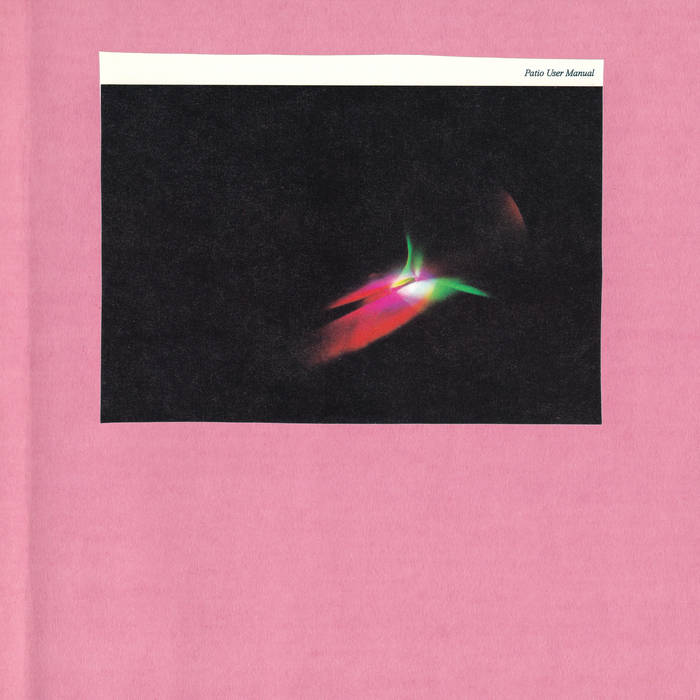Philip Johnson’s Glass House is a transparent pavilion in the landscape of New Canann, Connecticut. The 1,815 square foot structure overlooking a pond and woods is where Alva Noto and Ryuichi Sakamoto recorded 2018’s Glass. The building, completed in 1949 and Johnson’s home until his death in 2005, is paradoxical. Meticulously designed to be seamless with its surroundings. Johnson filled it with furniture from his New York apartment. It’s decorated with classical landscapes. Carpets were laid to overcome the lack of walls and demarcate specific rooms. It’s an utterly modern attempt to escape modernity. A desire to connect to nature by building something totally human, and totally of its time.
In the liner notes for his third album as Etelin, Patio User Manual, Alex Cobb (whose previous projects include Taiga Remains and recording under his own name) asks “What kind of perfume did Philip Johnson wear when he designed Glass House?” It’s a rumination which gets into the soul of the record. While Etelin’s synthetic soundscapes and subtle incorporation of concrete sounds have origins in sleek minimalism and old avant-gardes, it fixates in mundane details and serene disorientation. Distraction from vast spectacles by having your mind wander into a fog of micro-anomalies.
Opener ‘All Day Moon’ suggests a farm. Something chirrups and clicks upfront, in the distance birds and cows. Neither a close-up nor a panorama, but the point where they overlap. Rising synths and what sounds like a child’s voice enter, but rather than engulf they’re buffeted between the soundscape. On ‘Brown’s Pool Behind The Hammock Tree’ glitching chimes drape over crackles like waves gently ebbing onto a pebbly shore. On the ‘Irrational Patio’ bird sounds reappear much more proximate. Emerging from the pristine electronics that have dominated previous tracks, they’re perplexing, difficult to place as (a)live, synthesized or in between.
It’s this sense of disorientation that makes Patio User Manual so evocative despite its abstract form. Etelin’s palette of electronic and concrete sounds is familiar, but how these colours settle in space and time is distinct. The record’s lush harmonic depth and electro-organic uncanny invite comparisons with Rafael Toral’s recent Spectral Evolution. But where Toral rides jazz standards to make his music soar, Etelin spirals through grit and subtle glitch into a more dispersed space.
Patio User Manual evokes a glazed stare at a landscape out of reach but always present. An evening after a day of having your brain flooded with information, perhaps. Sitting outside, your mind so worn it can’t focus on one thing. Encased but somehow open to the world. Not quite disassociating, but wandering deeper into the mist of what’s around. It’s disquieting, but captivating. Like wondering what the designer of a glass house smelt like.


